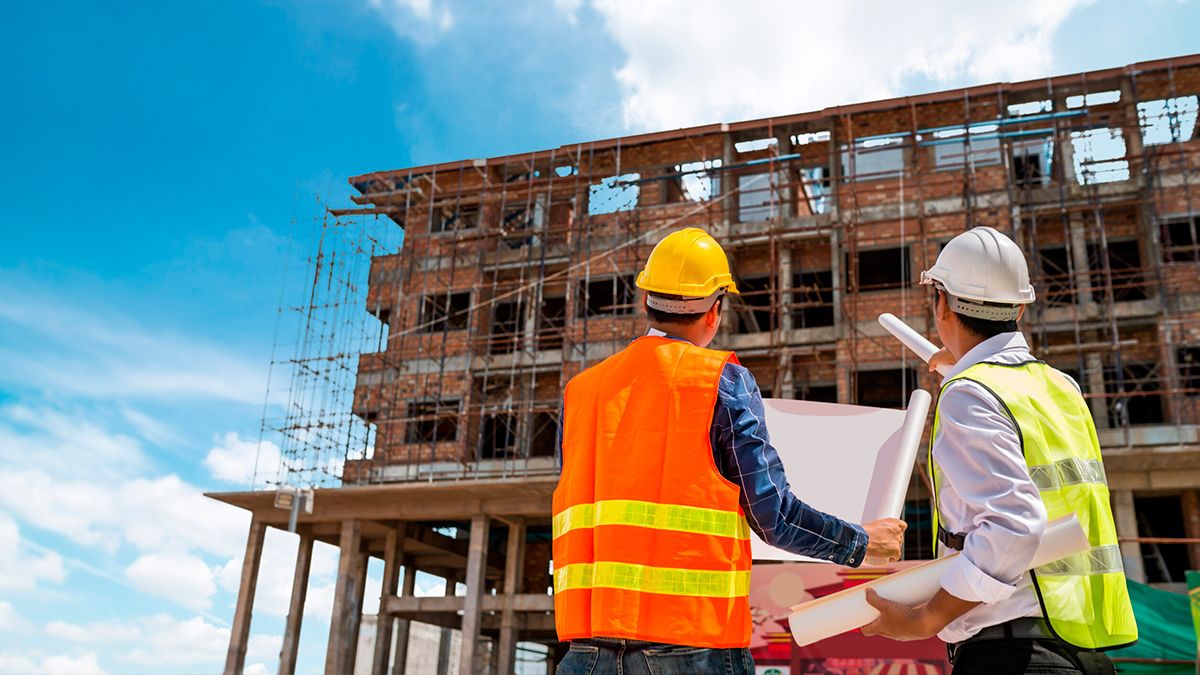The Superintendence of Occupational Risks presented the program Prevention 4.0which drives the voluntary incorporation of artificial intelligence and other technological tools for the prevention of workplace accidents.
The entity concluded agreements with the firms Axis Technology, Hikvision and Dahua to lto temporary and free provision of devices with which they carry out pilot tests in the companies participating in the project.
Companies from sectors such as construction, logistics, mining, automotive and oil. In some cases, these are leading companies such as YPF, PAE, Mercado Libre, Transportadora de Gas del Sur, among others, that already have this technology incorporated into their daily operations.
“The intention is try all the technological tools available to improve the prevention of occupational accidents. It is a system optionalmeaning that no company is obliged to invest to incorporate this technology. It is absolutely volunteer“explained Fernando Pérez, general manager of the Superintendency.
“Our task in this program is bring the parties together. That is, those who have the technological tools with the companies that are willing to test them in their daily operations,” he added.
According to official data, Workplace accidents are at one of the lowest points in the historical seriesboth in number of accidents, their frequency and severity.
However, at the same time labor lawsuits are increasing again because some aspects of the Occupational Risk Law approved in 2017 have not yet been implemented in all jurisdictions in the country.
One of those points is the constitution of the Forensic Medical Corps, instrument considered key by both companies and Work Risk Insurers.
“Despite the constant decrease in accidents and deaths in the workplace, their lower severity, immediate, timely and comprehensive attention, permanent and automatic updating of monetary compensation and regulatory reforms in line with jurisprudence, legal claims do not stop growing. A paradox that is difficult to explain: fewer claims and better services and more benefits, but more and more lawsuits. It is little or not at all understandable, also, that the procedure to limit litigation has not yet been implemented after more than 7 years,” said the Union of Occupational Risk Insurers in relation to the Forensic Medical Corps.
The most used technological tools to avoid accidents at work
While this pending is resolved, the Superintendency seeks to optimize prevention tasks through the incorporation of new technologies. In addition to Artificial Intelligence, it appeals to robotics and big dataamong other tools.
“Cameras that incorporate artificial intelligence, include data analytics, and allow them to be programmed to adapt them to the needs of each company or sector. For example, it allows us to detect if an employee in a plant is wearing a safety helmet, glasses, if he or she is wearing the appropriate clothing for each work area, among other things,” Pérez explained.
The sector that usually has the most serious and most frequent work accidents is the construction. The most common accidents in construction come from hitting objects and falls from heights. That is why it is taken as a reference for pilot tests. In addition, they have the endorsement of the UOCRA, the union of the activity..
The largest civil project today is the real estate development on Udaondo Avenue, in the City of Buenos Aires, where the construction company already has a high standard in terms of the use of technological tools to prevent workplace accidents. And from there the Superintendency collect experiences which can then be transferred to smaller companies.
But other activities have their own characteristics, such as oil, where accidents do not occur in well tasks. but in transferswhich are usually long and along complex paths.
A similar case occurs in the lithium mines in Salta, where workers travel up to 11 hours by land to reach the mine.
Technological devices used for prevention They adapt to each case. For example, there are sensors to monitor the fatigue status of vehicle drivers that capture movements to determine if there are signs of drowsiness.
In all cases, the results of the monitoring carried out through these devices can be transmitted to a central platform supervised by specialized personnel who will determine the actions to follow.
The Prevention 4.0 program derives from a draft Law on the Prevention of Occupational Riskspromoted by Gustavo Morón, current Superintendent of Occupational Risks. Morón had held the same position between 2015 and 2020. One of the most recent innovations promoted by this management is that of add the Technological Innovation chapter to the preliminary project.
The Permanent Advisory Council that works on this initiative will meet on February 18 next year with the aim of completing it and sending it to Congress for subsequent approval.
Source: Ambito
I am an author and journalist who has worked in the entertainment industry for over a decade. I currently work as a news editor at a major news website, and my focus is on covering the latest trends in entertainment. I also write occasional pieces for other outlets, and have authored two books about the entertainment industry.




